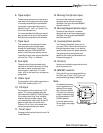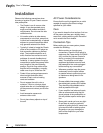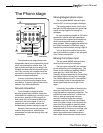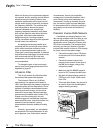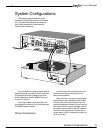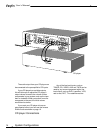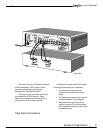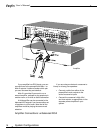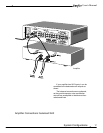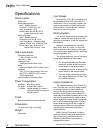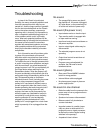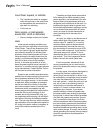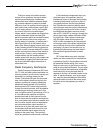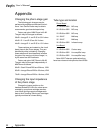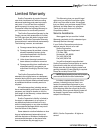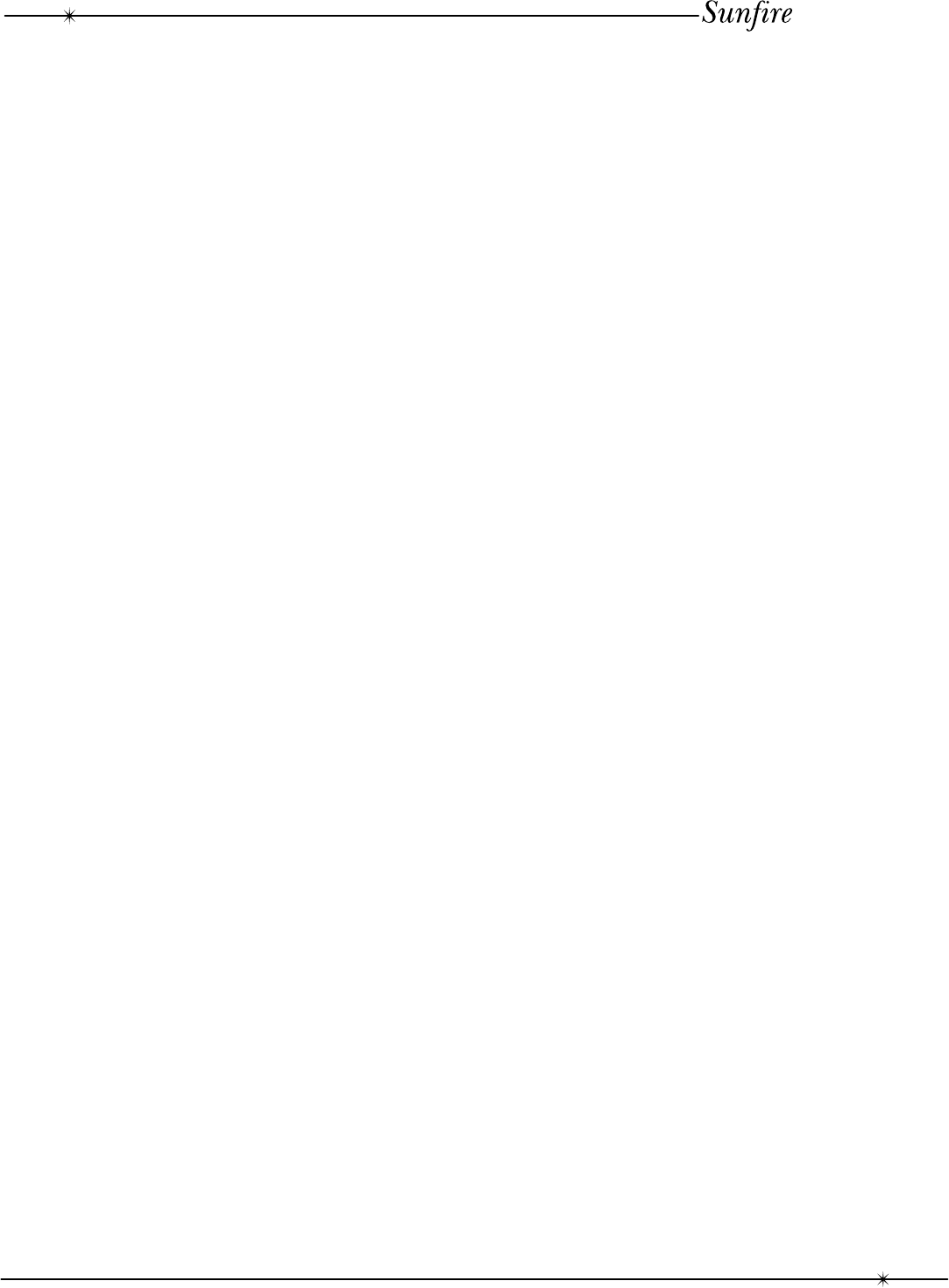
19
User's Manual
In view of the Classic’s input/output
flexibility, the many connecting cables to and
from the components which may be con-
nected to it, and the large number of possibili-
ties for mis-set switches both on the Classic
and on the various ancillary components
operating with it, obviously it is impossible to
offer a complete troubleshooting guide to all
of the problems which could, in principle,
occur. Most such potential problems will be
avoided simply by following the instructions in
this owner’s manual and the instructions
supplied with associated products; and many
other possible problems will be prevented
simply by the excellent reliability of modern
components.
So in this section we will provide a guide
to some of the most basic and common
difficulties which may arise from time to time,
and suggestions as to their probable causes.
To illustrate the sort of thought process which
is useful in tracking down problems, we begin
with the most basic: no sound because the
preamp’s power is off. Did you accidentally hit
the Power button when reaching for the
Stereo/Mono button? Was the preamp’s AC
line cord accidentally pulled partially out of its
wall socket during housecleaning earlier in the
day? Did something else on that same
household branch circuit (including the power
amp or other component plugged in the
preamp’s AC convenience outlets) cause a
current surge which blew the fuse or circuit
breaker protecting that entire branch circuit?
In some houses having duplex AC wall
sockets, the lower one is permanently live
while the upper one (intended for lamps) is
controlled by a wall switch near a doorway;
was the preamp’s AC cord accidentally
plugged into the switched socket? Is the
preamp’s AC cord plugged into a clock timer
which is presently off or unplugged from the
wall?
No sound.
• The preamplifier’s power may be off,
the amplifier off, line cords unplugged,
AC fuses blown, or the power may be
off at the wall socket or power strip.
No sound (the power is on)
• Input selector set to an inactive input.
• Tape monitor switch is engaged with
no tape machine running.
• Input level controls are turned down on
the power amplifier.
• Input or output signal cables may be
disconnected.
• The selected program source is not
operating.
• Output level control turned down at
program source.
• Program source misadjusted (for
example, the FM tuner is tuned
between stations.
No sound (phono)
• Rear panel Phono MM/MC selector
button in wrong position.
• Internal ribbon cable unplugged
• No phono power jumper in place on
power supply board.
No sound in one channel.
• Defective cable from the preamp to the
power amp or from a program source
to the preamp.
• Speaker wire loose or disconnected.
• Balance control fully clockwise or
counter-clockwise.
• Imperfect contact in a switch (espe-
cially any lever or slide switch in a
program source or signal processor,
as well as the various signal-routing
switches in the preamp).
• A speaker’s fuse is blown.
Troubleshooting
Troubleshooting



